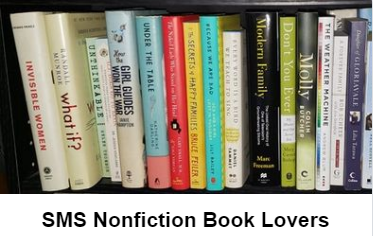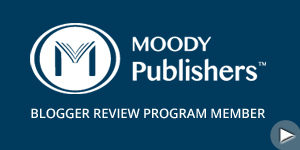 |
| © Flickr User BLW Photography |
Today concluded Autism Awareness Month (and April) and I wanted to squeeze in these two books that I only recently was sent. I have always been interested in Autism, although I’m not sure exactly why. None of my family or friends are autistic or have autistic children. I have met autistic children but my interest is from when I was a teenager, before I ever met an autistic child.
Perhaps it’s the fact that there are so many ideas about it’s cause and how to treat it. I find it intriguing that something can affect so many children without us having a better idea of it’s cause. I’ve read books on Autism and articles and even did research on my own as a teenager. I don’t spend time researching it anymore but if I come across a mention of something on autism, I will read it. So as such I’ve heard of many different therapies for autism.
Cutting-Edge Therapies for Autism 2011-2012 by Ken Siri and Tony Lyons (Stars: *****) has the most comprehensive list of therapy ideas for autism I’ve ever seen and it will be updated every year in April. This is the second edition so far and it already has 25 more chapters than last year, plus other updates. If you are familiar with autism therapies a bit, you may have heard of ABA (Applied Behaviour Analysis), music therapy, occupational therapy and psychotropic medications. However have you heard of Craniosacral and Chiropractic therapy, Melatonin Therapy for sleep problems or Technological-Based Interventions for Autism – There’s an app for that!
Also included is a list of organizations and schools for kids on the autism spectrum, but it’s mostly American since that’s where the book was published. There are some international organizations and five Canadian schools listed though.
Point to Happy: a book for kids on the autism spectrum by Miriam Smith and Afton Fraser (Stars: ****) is a book to encourage communication skills and provide visual support in autistic children. With beautiful photographs by Margo Smithwick and an attached pointer, the parent can read the words and the child can attempt to point to the answer.
e.g. The boy is happy. Point to happy. The boy is sad. Point to sad.
There is a place to add a picture of your child’s favourite food to the foods page and a whole section for you to add photos of four people important to the child and their names. I don’t work with autistic children but I can imagine it would work well.
*I was sent these books in the hopes that I’d review or mention them. No monetary compensation was provided. All opinions are honest and are not affected by how I acquired the item.










